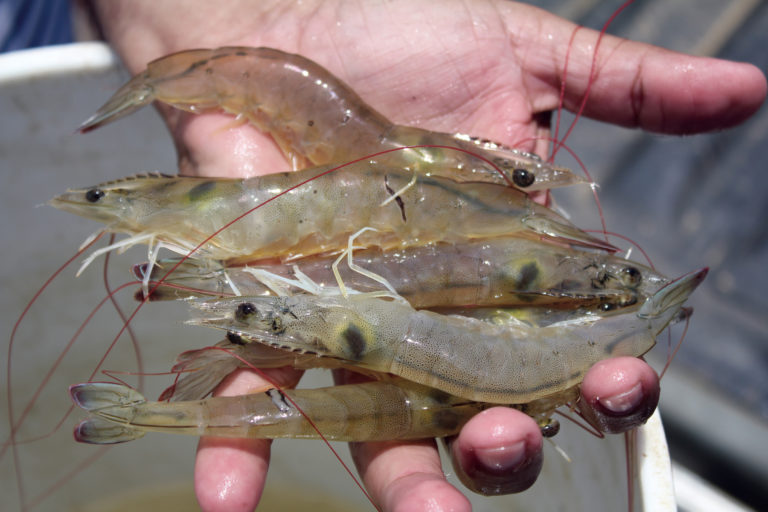
Health & Welfare
The Shrimp Book: Principal shrimp infectious diseases, diagnosis and management
Disease outbreaks in shrimp occur not only due to the presence of pathogens, but also to suboptimal culture conditions and system management.
Health & Welfare
There is a growing need for veterinary training to cover the wide and increasing variety of animals and their products traded globally.

Health & Welfare
Disease outbreaks in shrimp occur not only due to the presence of pathogens, but also to suboptimal culture conditions and system management.
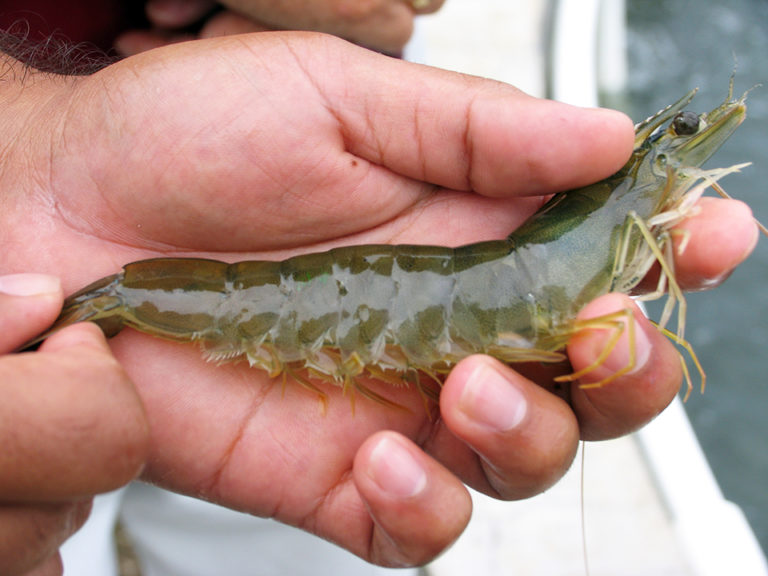
Health & Welfare
Assessing disease risk at an aquaculture facility allows the anticipation of possible outbreaks and subsequent production losses. It can also help to identify weaknesses of the production system.
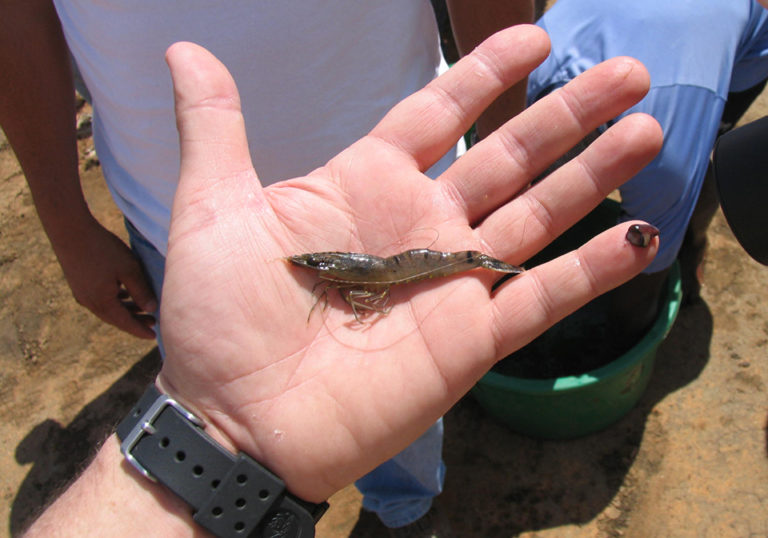
Health & Welfare
The objective of a contingency plan is to quickly recover production through rapid initial response and effective implementation of biosecurity measures. Such plans depend on whether the detected pathogen or disease is exotic or endemic, its potential economic impacts and whether it is to be eradicated.
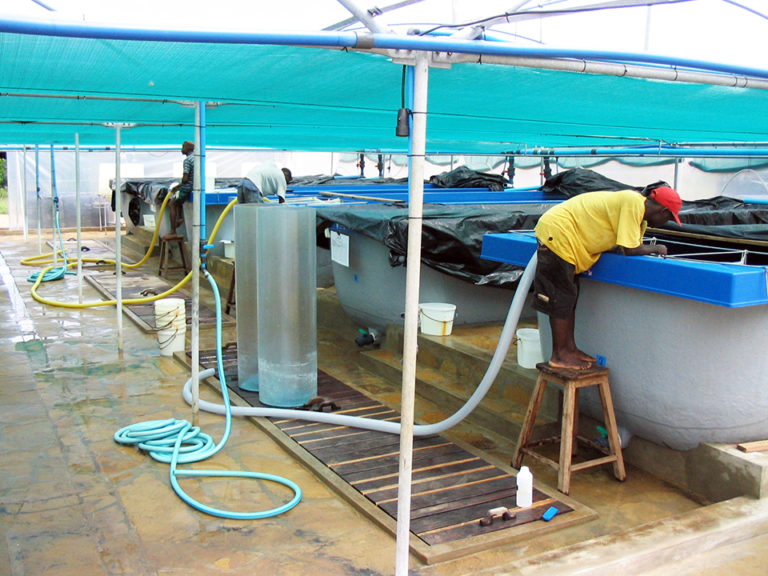
Health & Welfare
The development of an effective biosecurity plan requires full understanding of facility design and operations, and knowledge of the animals’ health status and the transmission modes of pathogens in order to identify the risks and define meaningful measures.
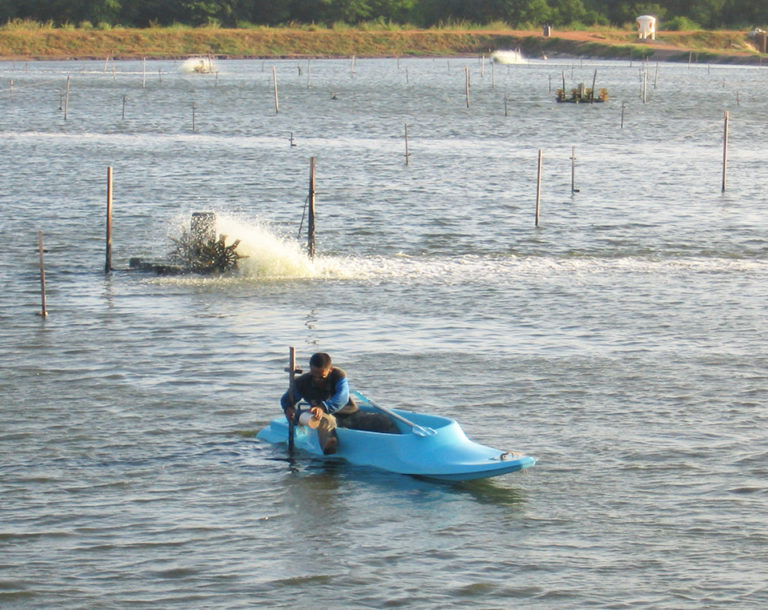
Health & Welfare
For two years of data, the effects of management, season, stocking density and salinity on the incidence of disease in northeastern Brazil’s shrimp farms were found to be highly significant.

Health & Welfare
The transfer of resistance from an aquaculture pathogen into a human enteric bacterium has been demonstrated in research and may be happening in the real-world environment.

Health & Welfare
Improving the methodology of antimicrobial resistance testing and related controls, and the implementation of laboratory ring tests could lead to more reliable information.
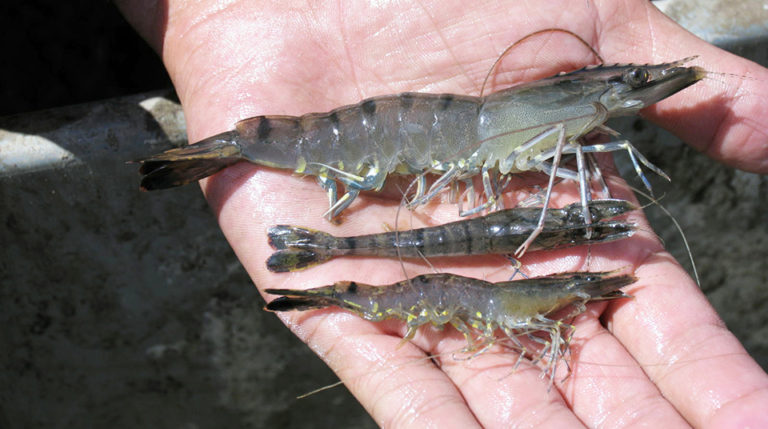
Health & Welfare
Regular surveillance of culture stocks can both evaluate current animal health and limit future disease problems by detecting pathogens and allowing intervention before disease outbreaks occur.
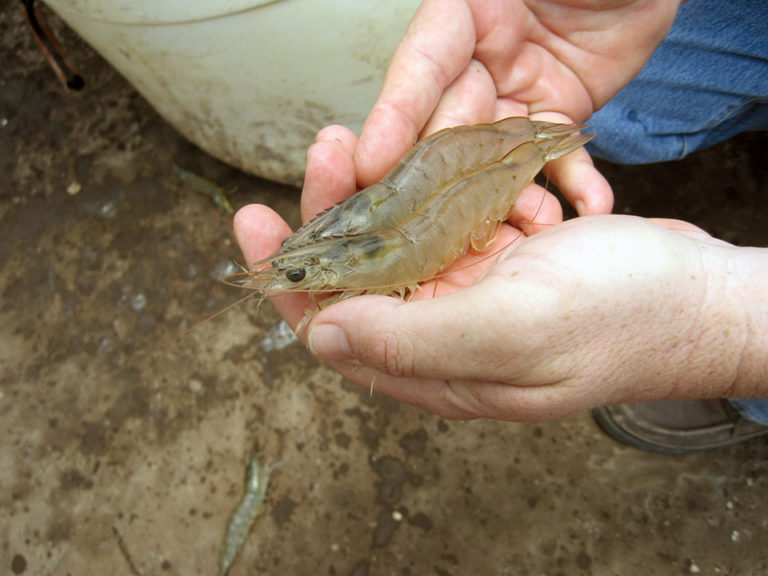
Health & Welfare
In studies, the authors found no significant difference in internal susceptibility to WSSV infection between shrimp in different molt stages.
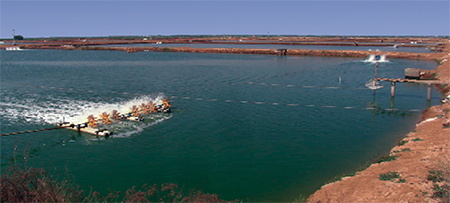
Health & Welfare
Resistance to antibiotics is unavoidable because it is an aspect of bacterial evolution. Resistant microflora have been observed in water that has not had recent contact with antimicrobial agents.
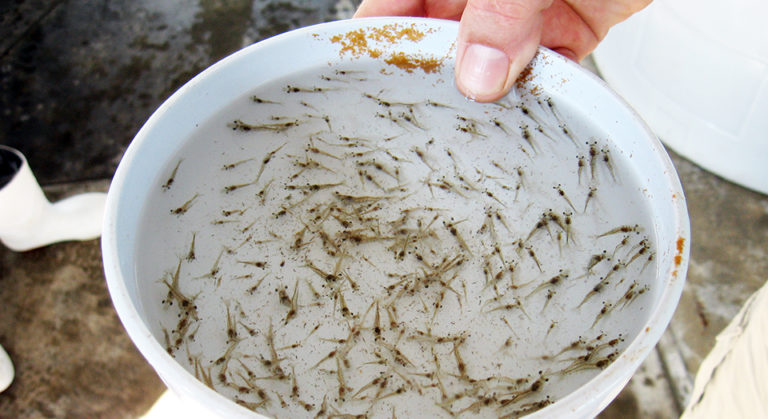
Health & Welfare
A range of commercial immunostimulants derived from microorganisms claim to boost the innate defense mechanisms and have broad-spectrum positive effects in shrimp.
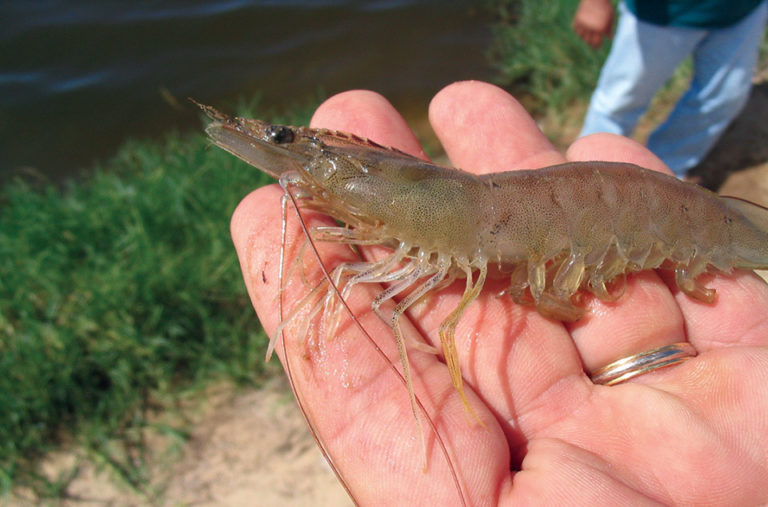
Health & Welfare
The principle of vaccination is based on two key elements of immunity: specificity and memory. Shrimp lack the appropriate cells and pathways to respond to specific pathogens and the long-term “memory” to deal with recurring infections.
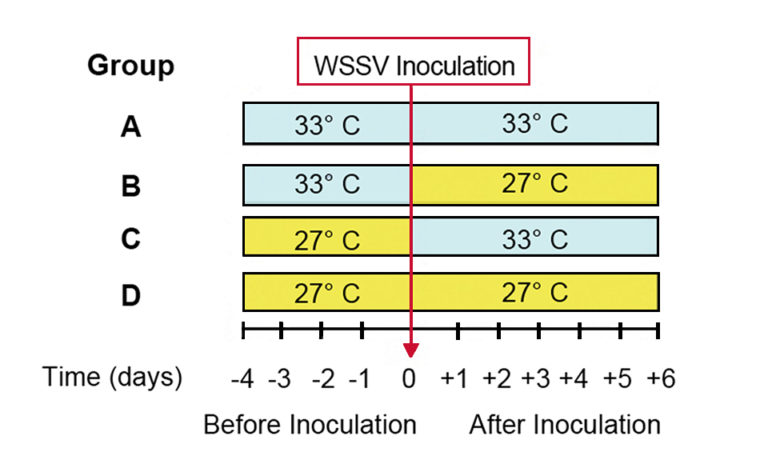
Health & Welfare
In a study, results showed that raising water temperature to 33 degrees-C after inoculation was sufficient to prevent shrimp mortality from WSSV.
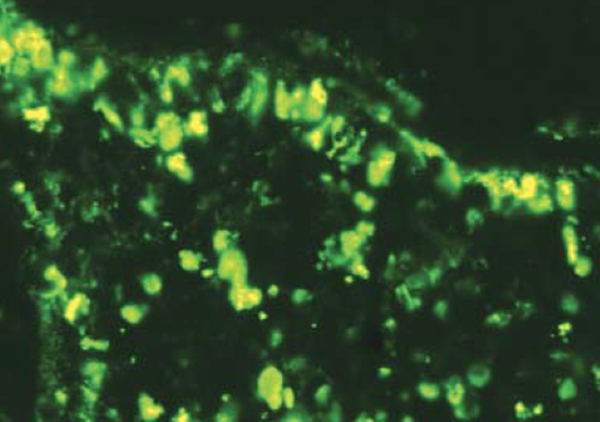
Health & Welfare
Using intramuscular injection of white spot syndrome virus, study determines number of viral particles associated with the infectious dose.
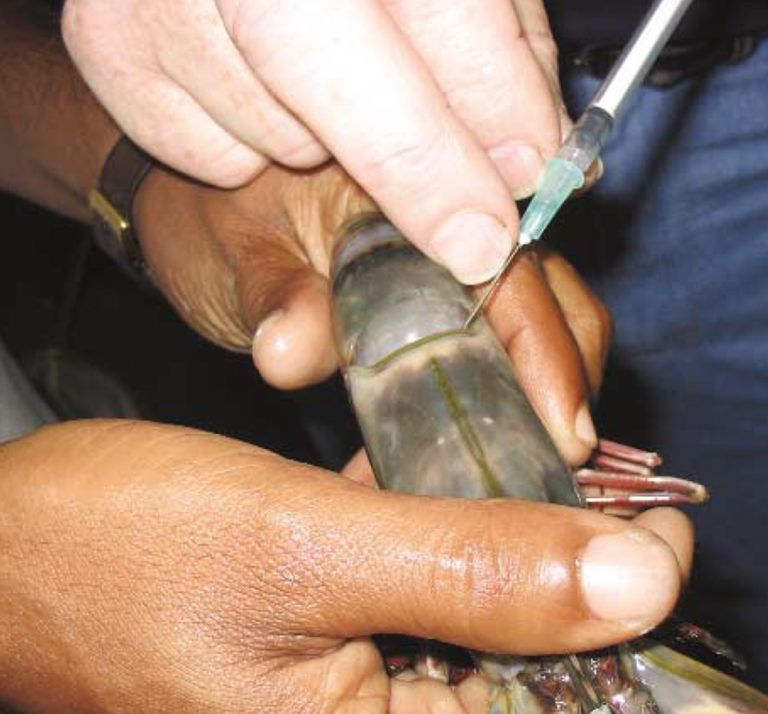
Health & Welfare
New antibody-based diagnostic kits for aquaculture disease diagnosis are simple and fast, and high-sensitivity PCR testing is coming to the field, as well.